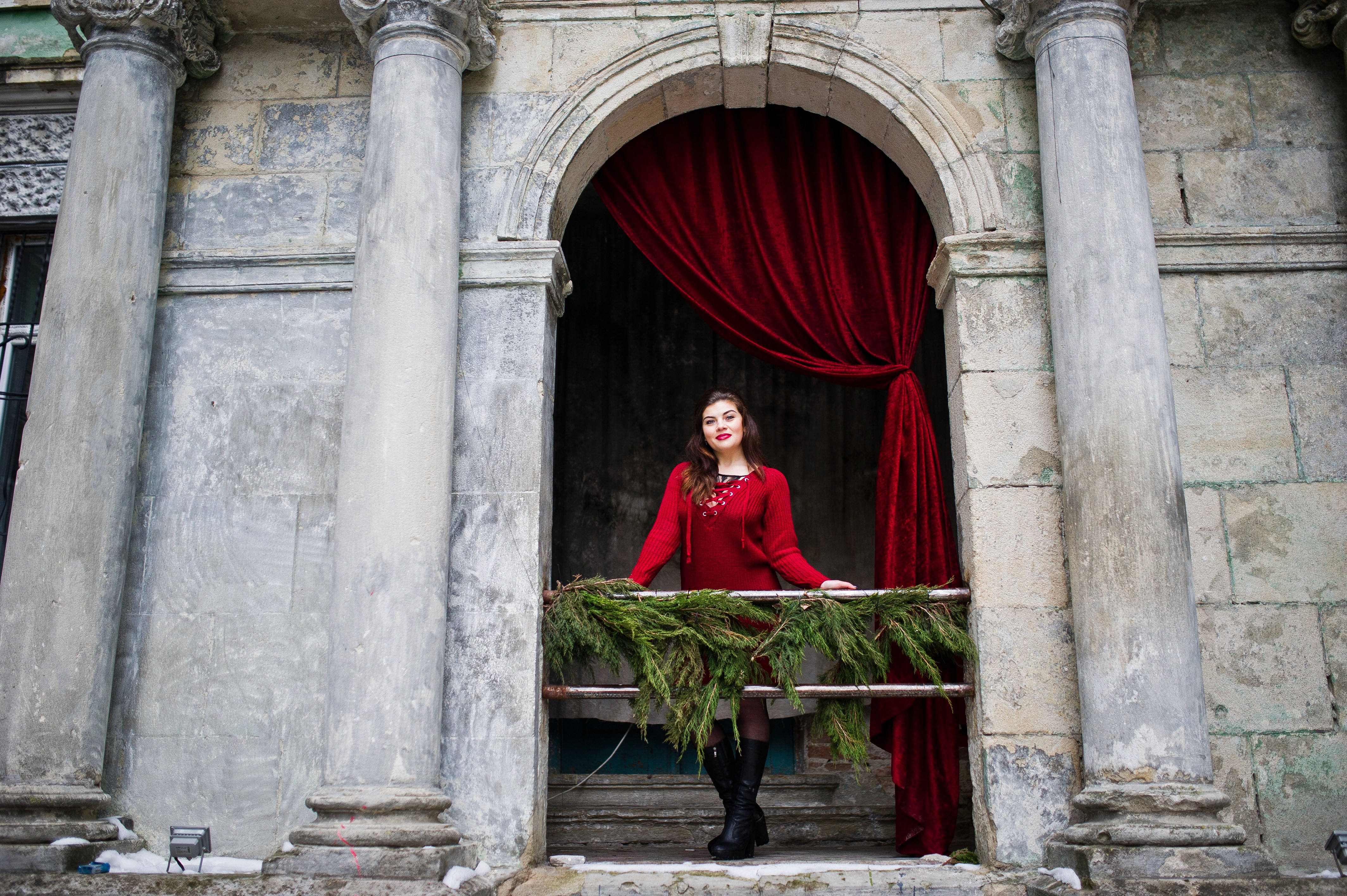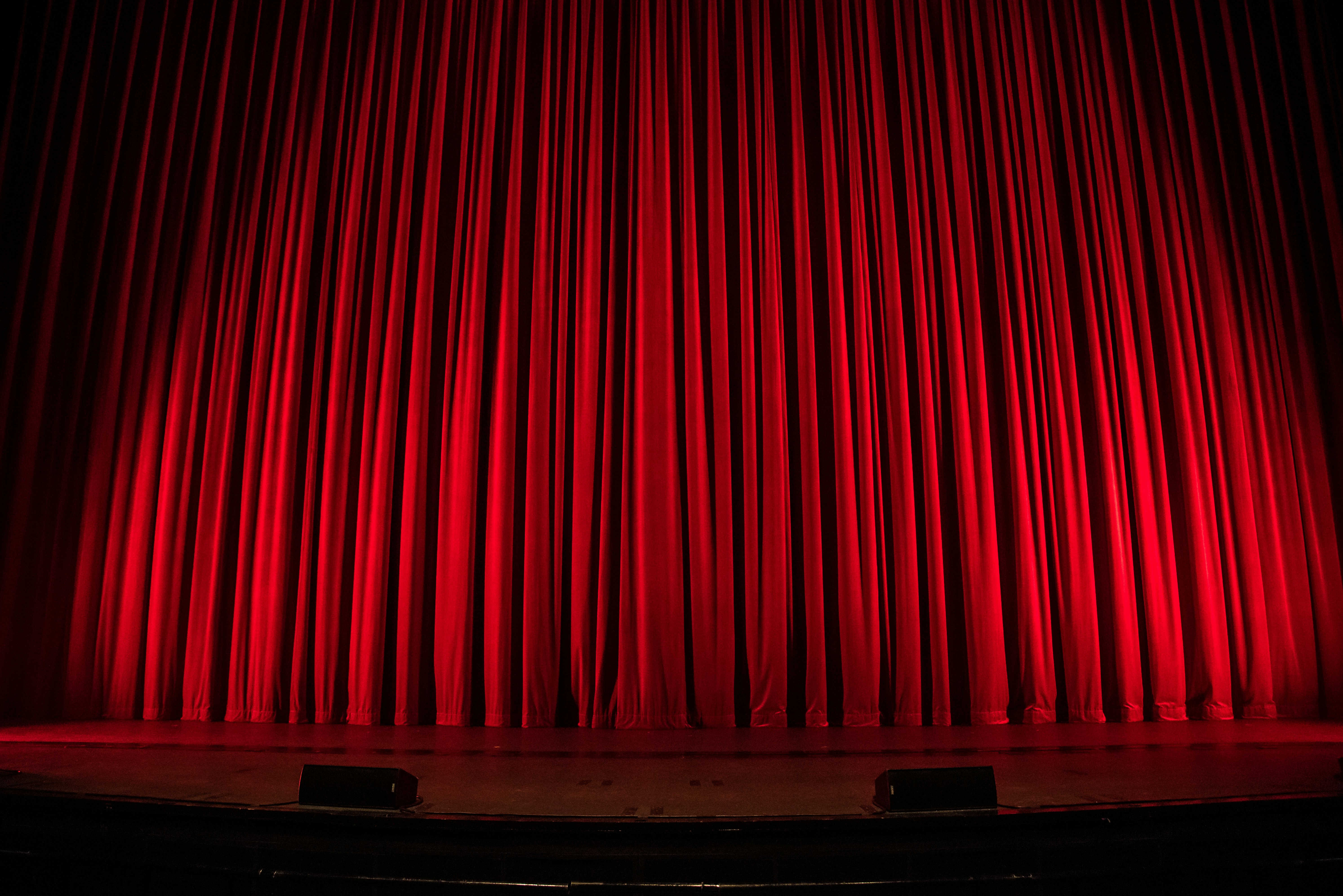Backdrops
Definition:
In theatre, "backdrops" are large pieces of fabric or other materials hung at the back of the stage to set the scene. These scenic elements serve as a visual background for the action on stage, helping to establish the location and mood of the performance.
Detailed Explanation:
Backdrops are essential components of theatrical set design. They can transform a blank stage into various settings, from a bustling cityscape to a serene countryside. Traditionally, backdrops are painted or printed with detailed images, but they can also be made of various materials such as canvas, muslin, or even digital projections.
The use of backdrops dates back to ancient theatre, where they were used to depict different scenes and settings. Today, they continue to play a vital role in creating immersive and visually appealing environments for performances.
Types of Backdrops:
Painted Backdrops:
These are hand-painted pieces of fabric that depict detailed scenes. They are often used for traditional theatre productions where a realistic setting is required.
Printed Backdrops:
Printed backdrops use high-resolution images printed onto fabric or vinyl. They offer a quick and cost-effective way to create intricate scenes.
Digital Projections:
Modern technology allows for the use of digital projections as backdrops. This method provides dynamic and changeable backgrounds that can be synchronized with the performance.
Scrims:
Scrims are semi-transparent fabrics that can create various visual effects when lit from different angles. They can be used to reveal or conceal parts of the stage.
Advantages of Backdrops:
Scene Setting:
Backdrops provide a clear and immediate context for the audience, helping them understand the setting and atmosphere of the scene.
Versatility:
They can be easily changed between scenes, allowing for quick transitions and diverse settings within a single performance.
Cost-Effective:
Compared to building physical sets, backdrops are a cost-effective way to create detailed and expansive environments.
Challenges of Backdrops:
Storage and Handling:
Large backdrops require careful handling and storage to prevent damage. They need to be rolled or folded properly to avoid creases and tears.
Installation:
Hanging and securing backdrops can be technically challenging, especially for larger pieces. Proper rigging and safety measures are essential.
Maintenance:
Painted and printed backdrops can fade or get damaged over time, requiring maintenance or replacement.
Uses in Performance:
Theatre Productions:
Backdrops are widely used in theatre to depict various locations and settings, enhancing the visual storytelling of plays and musicals.
Concerts and Events:
They are also used in concerts and events to create themed environments or display branding and promotional materials.
Film and Photography:
Backdrops are used in film and photography studios to create specific backgrounds for shoots.
Design Considerations:
When designing and selecting backdrops, several factors should be considered to ensure they are effective and visually appealing:
Scene Compatibility:
The design of the backdrop should match the style and period of the production. It should complement the costumes, props, and overall aesthetic.
Material Choice:
The material should be durable and appropriate for the intended use. Considerations include weight, texture, and how it interacts with lighting.
Lighting:
Proper lighting is crucial to make the backdrop look realistic and enhance its visual impact. The backdrop should be lit evenly to avoid shadows and glare.
Conclusion:
Backdrops are a fundamental element of stage design, providing the visual context that helps bring a performance to life. By depicting various settings and enhancing the atmosphere, backdrops play a critical role in immersing the audience in the story. Whether through traditional painted scenes, modern digital projections, or versatile scrims, backdrops continue to be an indispensable tool for creating captivating theatrical experiences.


